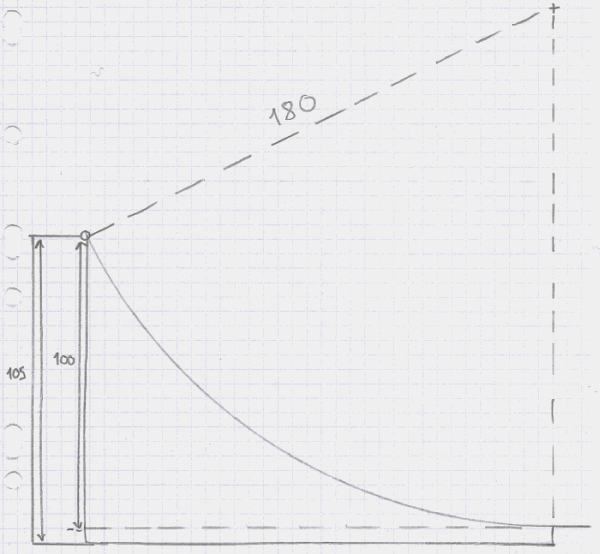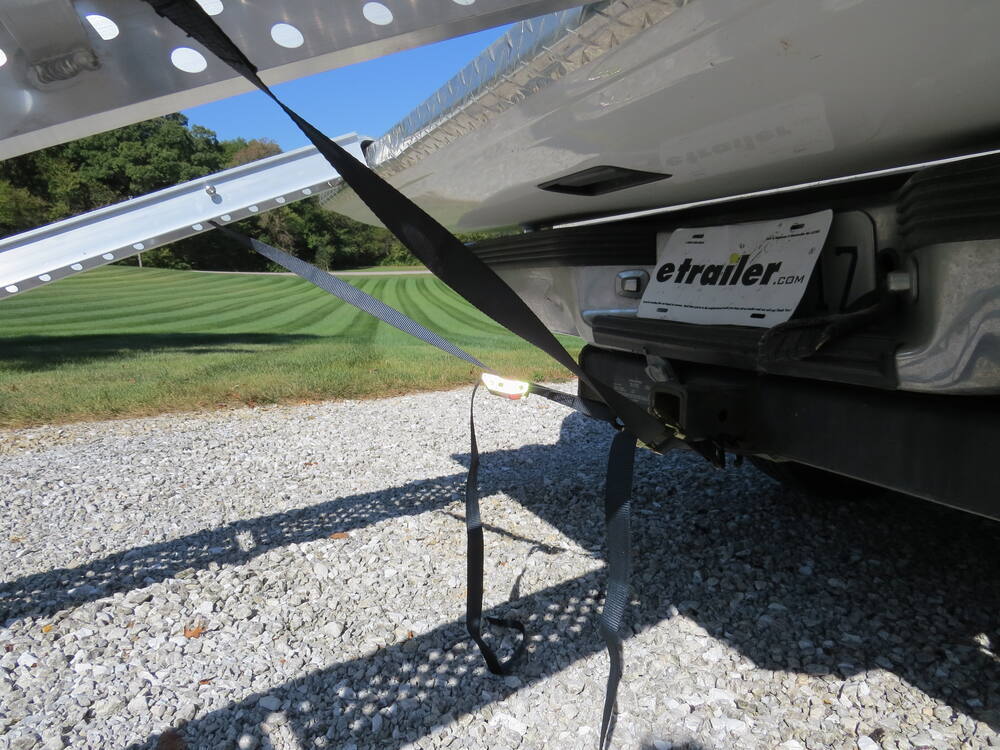

In the absence of snow, dug out half-pipes can be used by dirt-boarders, motorcyclists, and mountain bikers. The plane of the transition is oriented downhill at a slight grade to allow riders to use gravity to develop speed and facilitate drainage of melt. Large (high amplitude) half-pipes make possible many of the aerial tricks in BMX, skating and skateboarding.įor winter sports such as freestyle skiing and snowboarding, a half-pipe can be dug out of the ground or snow perhaps combined with snow buildup.
#5 foot mini ramp dimensions professional
Half-pipe applications include leisure recreation, skills development, competitive training, amateur and professional competition, demonstrations, and as an adjunct to other types of skills training.Ī skilled athlete can perform in a half-pipe for an extended period of time by pumping to attain extreme speeds with relatively little effort. Flat ground provides time to regain balance after landing and more time to prepare for the next trick. The original style half-pipes are no longer built. Since the 1980s, half-pipes contain an extended flat bottom between the quarter-pipes. Originally half-pipes were half sections of a large diameter pipe. The structure resembles a cross-section of a swimming pool, essentially two concave ramps (or quarter-pipes), topped by copings and decks, facing each other across a flat transition, also known as a tranny. Vert ramp with vert, transition, and flatĪ half-pipe is a structure used in gravity extreme sports such as snowboarding, skateboarding, skiing, freestyle BMX, skating, and scooter riding.

For the roller coaster, see Half Pipe (roller coaster).


 0 kommentar(er)
0 kommentar(er)
